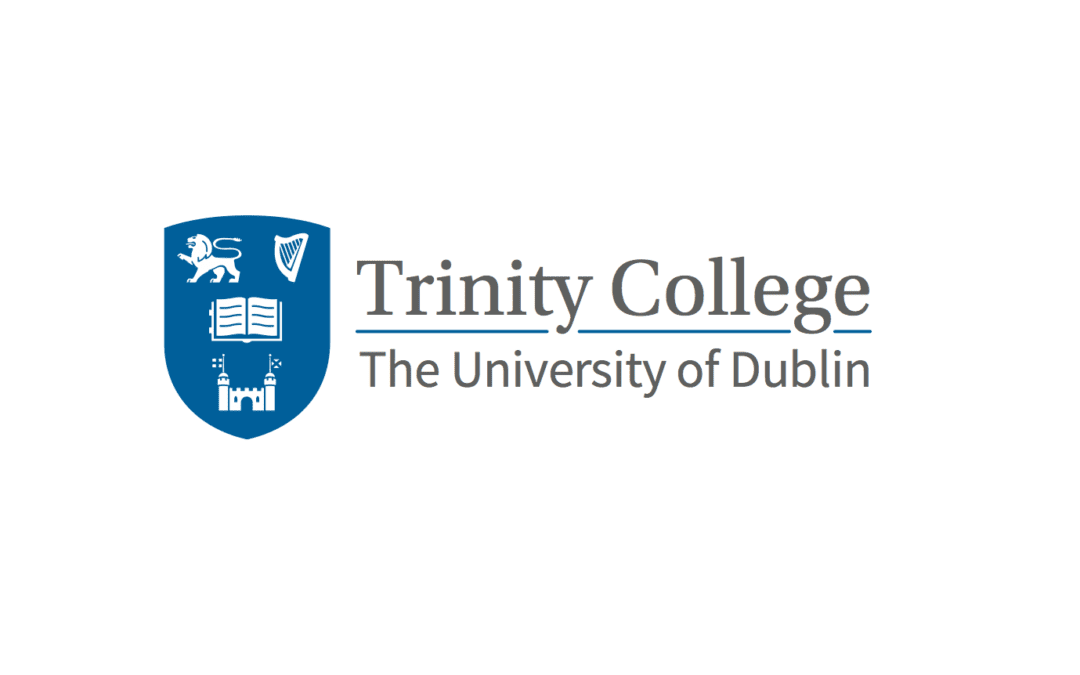H3-K27M-mutant diffuse midline glioma (DMG) is a rare, aggressive brain cancer that affects children. Unfortunately, there is currently no cure.
In 2021, the lab demonstrated that EZH2 inhibitors could serve as a targeted therapeutic strategy by uncovering the specific effects of the H3-K27M oncogene on chromatin biology (Brien et al., Nature Genetics, 2021). In a recent follow-up study (Lagan, Ganon et al., Molecular Cell 2025), the lab investigated the downstream consequences of EZH2 activity in DMG and discovered that residual focal enrichments of H3K27me3 at CpG islands lead to a genome-wide redistribution of cPRC1 complexes. This redistribution establishes a specific dependency on CBX4 for the repression of key genes, primarily through its interaction with PCGF4/BMI1.
The EZH2 Polycomb gene has ‘change-of-function’ mutations in its SET domain in the two most common subtypes of Non-Hodgkin lymphoma: Follicular Lymphoma and germinal centre subtype Diffuse Large B-Cell Lymphoma. These mutations confer an enhanced ability to convert H3K27me2 to H3K27me3.
Recently, the EZH2 methyltransferase inhibitor Tazemetostat was shown to be efficacious in treating relapsed and refractory Follicular Lymphomas, with greatest efficacy in the EZH2-mutated cohort. However, a general challenge facing clinicians with therapies targeting enzymatic activities is the development of acquired resistance.
To address this emerging challenge, we are developing and investigating new strategies to inhibit EZH2 function in cancers.
One in nine women are affected by breast cancer world wide. While it is already known which mutated genes contribute to breast cancer, little is known about the contribution of mutations that lie outside of the coding exons of genes.
To tackle this, we are using a combination of bioinformatic, epigenomic and functional genomic approaches to elucidate the role of non-coding mutations in breast cancer.
We are also expanding this approach to study early-stage pancreatic cancer.
Several genes encoding chromatin regulators, including members of PRC2, are mutated in human congenital growth disorders, e.g. Weaver Syndrome. We are developing cell models to study the chromatin landscape and gene expression changes which underlie these developmental syndromes.
Mammalian PRC2 exists in at least two mutually exclusive subtype assemblies, PRC2.1 and PRC2.2, based on their associations with several accessory proteins. We are asking why two different forms of PRC2 exist and whether they have potentially divergent functions.
In 2018, we discovered a new family of vertebrate specific PRC2 proteins, which we called PALI1 and PALI2 (Conway et al., Molecular Cell, 2018). Subsequently, we explored how PRC2.1 and PRC2.2 interplay to direct deposition of the H3K27me3 modification (Healy et al., Molecular Cell, 2019).
More recently, we discovered that PRC2.1 and PRC2.2 have divergent molecular functions recruiting different forms of the canonical PRC1 (Glancy, Wang et al., Molecular Cell, 2023). These new findings go a long way toward explaining why these two independent PRC2 subcomplexes have persisted throughout evolution.





